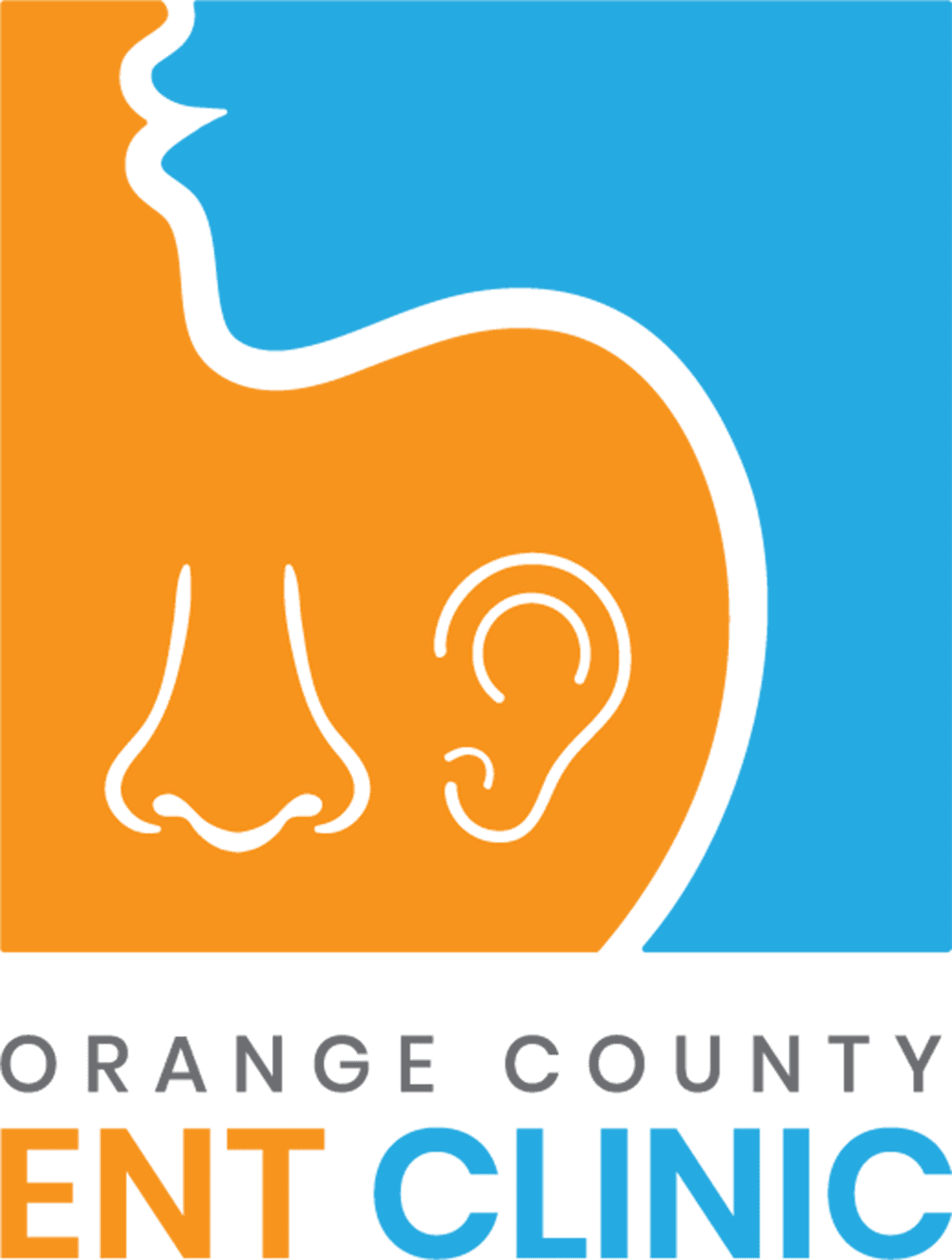
Tonsillitis is most common in children who are between preschool age and their mid-teens.
Tonsillitis is inflammation of the tonsils, which are a pair of tissue masses at the back of the throat. They help a person’s immune system by filtering out germs and producing antibodies.
Causes
Tonsillitis is usually caused by a bacterial or viral infection. The most common bacterium found in tonsillitis cases is Streptococcus pyogenes, which also causes strep throat. Other bacteria that cause strep throat can also cause tonsillitis.
Viruses that can cause tonsillitis include adenoviruses, enteroviruses, Epstein-Barr virus, herpes simplex virus, influenza viruses, and parainfluenza viruses.
Bacterial tonsillitis is most common in children between five and fifteen years old. Viral tonsillitis is more likely to affect younger children.


Symptoms
Common symptoms of tonsillitis include swollen and red tonsils that might have yellow or white patches on them. The patient will have a sore throat and may have trouble swallowing. The lymph nodes in the neck may be tender and swollen. Other symptoms can include bad breath, throaty or scratchy voice, fever, stiff neck, and headache.
Small children who are too young to be able to describe their symptoms may show such signs of distress as fussiness, refusal to eat, or drooling caused by trouble swallowing. Small children may also have a stomachache along with the other symptoms. They may also suffer nausea and vomiting.
Adults who develop tonsillitis generally develop the same symptoms as teenagers and older children.
Treatment Options
Surgical removal of the tonsils, known as a tonsillectomy, used to be the standard procedure for treating tonsillitis. These days, doctors will only remove a patient’s tonsils if the patient has recurring tonsillitis, or over seven bouts in one year, or if the patient develops complications like trouble breathing or trouble swallowing. The doctor may also recommend a tonsillectomy if the patient hasn’t responded to antibiotics or other conservative treatments.
The tonsillectomy is usually an outpatient procedure. It takes between 30 and 45 minutes, and the patient is put under general anesthesia. A child who undergoes a tonsillectomy generally recovers in about a week. Adult patients take longer to recuperate; they need two weeks before they can return to work or school.
Treatment for tonsillitis will depend on the cause. Bacterial tonsillitis can be treated with antibiotics, while viral tonsillitis cannot.
In both cases, the doctor will recommend that the patient stay home and try to sleep as much as possible. The patient should also drink plenty of water and other fluids to keep their throat hydrated. Gargling with salt water or sucking on lozenges can soothe a sore throat. Teenagers and children should not take aspirin because of the risk of complications, but they can take ibuprofen or acetaminophen to reduce fever or pain.
